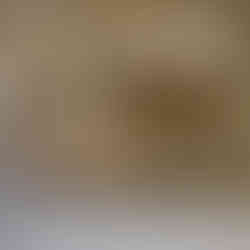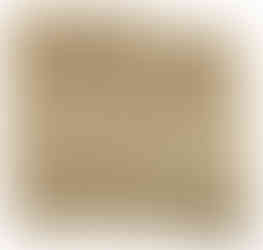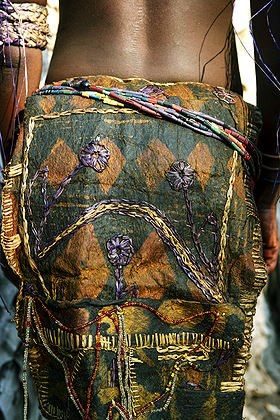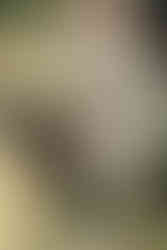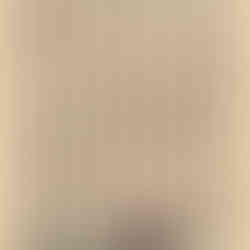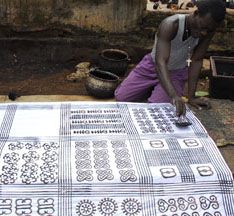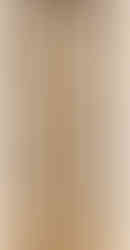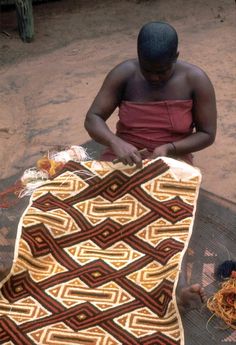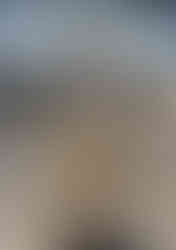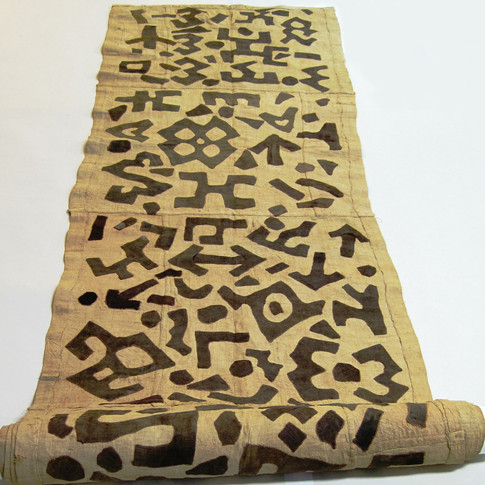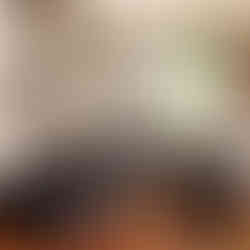Researching Patterns: African Textiles
So far I have looked at patterns found in Acoma Pueblo pottery, Iznik pottery of the Ottoman Empire and Islamic geometrical pattern. I next wanted to look at patterns found in Africa and have decided to concentrate on patterns found in African textiles. I guess that of all the patterns researched so far this pattern family is the most personal and familiar to me as I've grown up with many African textiles and objects at home. Just to illustrate this point I gathered some of the items I live with at home which were made in Africa for this photo:

These sort of things were always held in great esteem by my parents. In part they were a link to a life they left behind when the moved to Europe but also the appreciation went beyond nostalgia and was one of admiration of the craft, skills and aesthetics that went into making these. I guess that at the time in the 1960s and 70s valuing this art in South Africa above the colonial arts was in itself a sort of political statement. Anyway, without going to much into this I can just say that I grew up surrounded by African art and artefacts which I perceived both to be beautiful and set me apart from my contemporaries growing up in Germany. So, in a way they were part of the development of my personal identity. Strangely I have no such link to any similar German items but that is another story...
Africa - a large continent with many different people and cultures - has lots of textiles to choose from. The ones that appeal to me the most and which I have done the most research for are: Kuba cloth from the Kuba or Bushongo people from central Africa now in the Democratic Republic of Congo, bark cloth by the M'Buti pygmy people from the Ituri Forest in the northeastern corner of the same country and Adinkra cloth from the Ashanti people in Ghana. Each of these employ a different visual language as they are all very different people.
The production processes involved in making these textiles also influences their look. The M'Buti use flattened bark cloth which they decorate by painting on patterns with pigments. Their patterns refer to the habitat they traditionally lived in, e.g. patterns found within a forest environment such as trees and shadows cast by leaves.
The patterns on Adinkra cloth are printed on woven cloth by using carved wooden blocks made mostly from dried pumpkin shells. These are sit in groups of gridded squares bordered with lines created through the use of paint applied by combs. The individual pattern elements has a symbolic meaning is nearly like a language of its own.
The Kuba cloths are made from woven raffia cloth which are traditionally woven by then to be subsequently decorated by the women. There are two types of cloth: one with appliquéd patches and the other with 'velvet' tufts. There are about 200 recognised named pattern elements used in these cloths. However, due to the material but also due to the fact that total geometry and precision aren't essential or even desired there is a looseness to their designs.
What unites these three examples of African textiles, and many others from the continent, is their use of muted colours. These were traditionally made from natural fibres and colourants which relied on earth tones. That said, there is a also a whole range of very brightly coloured textiles to be found in Africa such as East African Kangas, Wax printed cloth or Kente cloth from western Africa. These are just as beautiful and fascinating but not the sort I'm currently looking at and referencing in my work. For me the strong but loose graphic qualities of the three textile families I have chosen appeal because of their limited range of colours but also for their handmade quality. I'm not sure exactly why but they have great appeal to me. And I'm not alone as they are very popular all across Africa but also with western European designers, especially interior designers. What gets easily overlooked when just taking into account their aesthetic appeal is that these textiles are often of great spiritual significance to the people who made them and would have originally worn them. They are infused with meaning and used as part of significant rituals. By removing them from their context they loose this. So, while I love these textiles I don't really understand their meanings. However, I retain a sense of deep appreciation and having them around me gives me daily joy. (Boy oh boy, that sounds a bit flowery to me but I cannot put it in a different way. I like these textiles and they make me feel good.)

